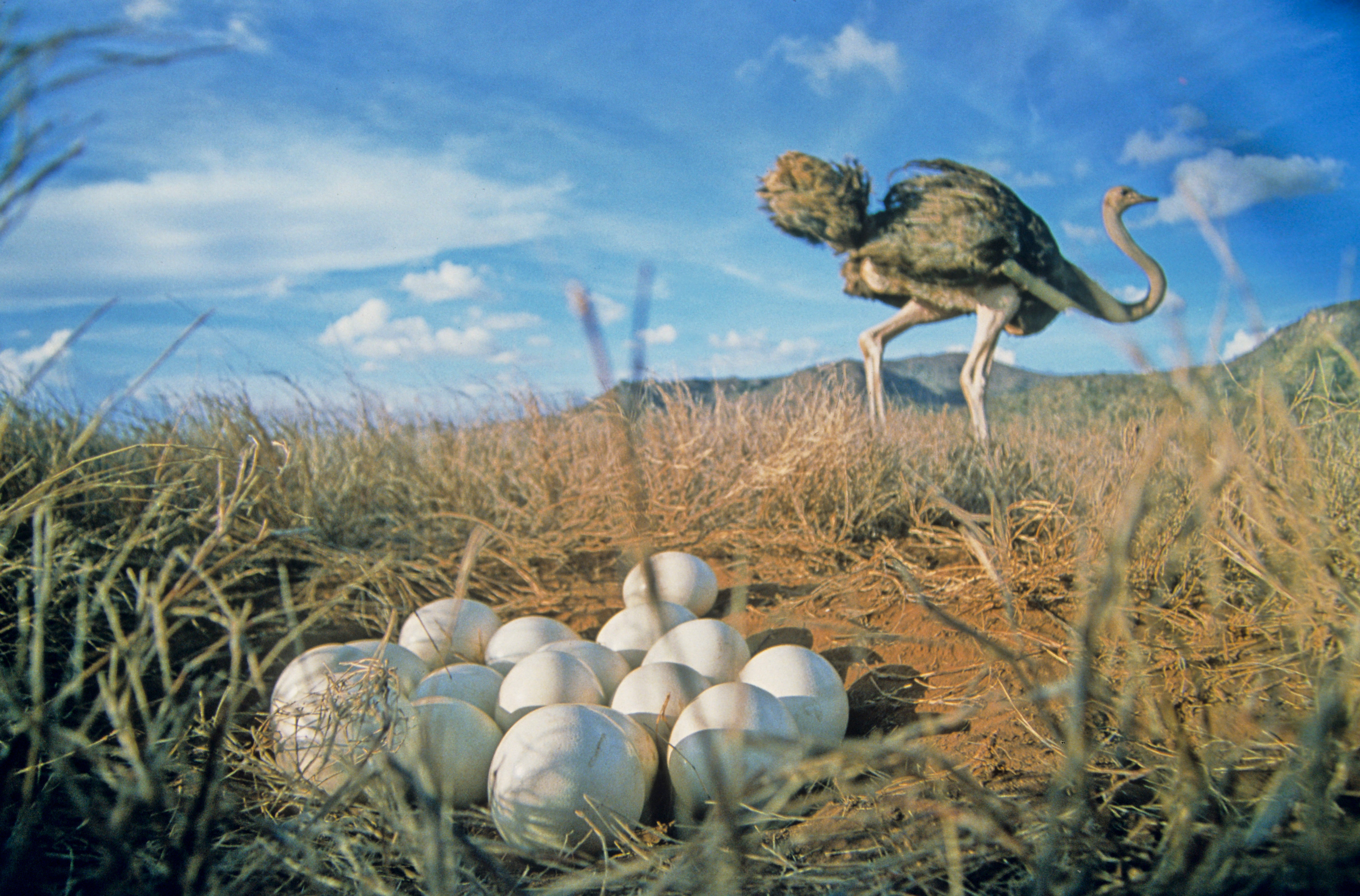Create a free profile to get unlimited access to exclusive videos, sweepstakes, and more!
33,000 years ago, ostrich eggshell beads were kinda like prehistoric social media

You think you’re having trouble racking up likes on your increasingly partisan social media sites? Well at least you don’t have to make each like by hand.
According to a recent study, Stone Age hunter-gatherers in sub-Saharan Africa used ostrich eggshell beads — kind of like smooth, creamy Cheerios — for more than just pretty jewelry; they also used them as a highly visible sign of friendship. A prehistoric form of social media, if you will.
“These are not totally dissimilar to, you know, what we think of today in terms of social media, things like Facebook or Twitter likes,” University of Michigan archaeologist Brian Stewart, one of the study’s authors, told NPR. “They reaffirm and cement bonds of friendship. And they advertise to others the status of those relationships.”
The study, published in the National Academy of Science, found that hunter-gatherers living in southern Africa’s Karoo Desert, what is now Lesotho, exchanged the ornaments as gifts to ensure future help from neighbors in the high-elevation, difficult-to-live-in area, should help be needed.
Researchers found that some 80% of the beads found in Lesotho could not have come from ostriches living anywhere near there. They suspected the beads arrived via relationship-building exchange networks, and by using strontium isotope analysis, the team set about trying to pinpoint where exactly they were made. Ultimately, researchers determined that certain beads could have come from as far away as 1,000 kilometers.
This practice of exchange had been established among hunter-gatherers before, but by dating it back some 33,000 years, the new study established a much longer time period for such long-distance liking.
“What happened 50,000 years ago was that the climate was going through enormous swings, so it might be no coincidence that that’s exactly when you get this technology coming in,” Stewart told Michigan News. “These exchange networks could be used for information on resources, the condition of landscapes, of animals, plant foods, other people, and perhaps marriage partners.”
Which is pretty much what we use Facebook for now, right?


























